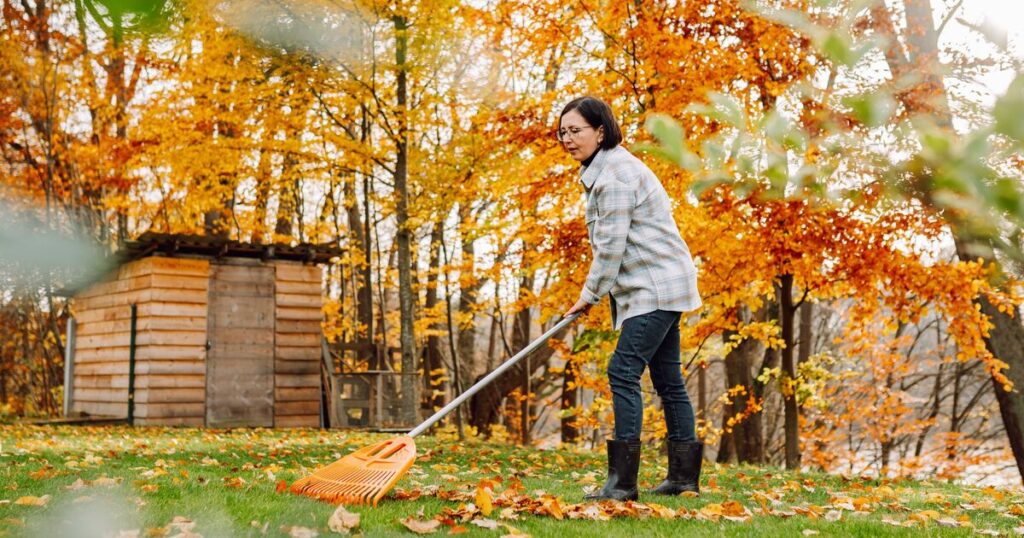
Many people will be taking the essential step of refreshing their garden before the weather cools down. It’s a chance to prevent plant disease and ensure they thrive next spring, as well as leaving us with a tidy lawn ahead of winter.
But when tidying gardens for autumn, you actually don’t want to cut back and get rid of everything, according to one expert. This is because wildlife needs items such as fallen leaves and garden debris to shelter.
Eflorist’s flower and garden expert with more than 35 years of experience, David Denyer, shares advice on how to tidy your garden in autumn without harming any wildlife.
You don’t need to tidy everything
David said: “It’s tempting to clear everything away once autumn arrives, but a perfectly tidy garden isn’t always the healthiest for nature. Fallen leaves, hollow stems and seed heads all play an important role in protecting wildlife through winter.
“Insects, frogs, hedgehogs and birds all rely on the ‘messier’ parts of your garden for food and shelter until spring. If you clear everything too soon, you can accidentally remove the protection they depend on to survive the colder months. The key is to tidy just enough to keep your garden healthy and manageable, without taking away what your local wildlife needs.”
What to leave for nature
David advised: “Try to leave at least one quiet corner of your garden untouched until spring. Leaf piles left beneath shrubs and hedges give hedgehogs and insects somewhere safe to shelter, while hollow stems and dead wood provide a home for overwintering bees.
“Seed heads from flowers such as sunflowers or coneflowers might look untidy, but they’re a valuable food source for birds throughout autumn and winter, so it’s worth leaving a few standing where you can.”
How to tidy borders and lawns safely
David suggested: “When tidying your garden, focus on what really needs clearing. Rake leaves from paths and lawns to keep them safe and tidy, but instead of throwing them away, move them to your borders or under hedges where they can act as a natural mulch. This creates valuable cover for insects and wildlife, while also insulating roots and feeding the soil.
“When it comes to cutting back your perennials, it’s best to wait until late winter or early spring rather than doing it in autumn. Many helpful insects use old stems as shelter through the colder months, so leaving them gives them the best chance to survive. Once you do cut them down, stack the stems neatly in a sheltered spot so they can still be used as cover.”
What to do with your garden waste
David advised: “When tidying, try not to throw everything away, as most of your garden waste can still benefit your garden and the wildlife in it. For example, if you’re collecting leaves and twigs, pile them in a corner or beneath some hedges so they can naturally break down and provide shelter for local wildlife over winter.
“If you prefer to compost, always check the heap before turning it, as hedgehogs, frogs, and worms often like to hibernate inside. Keeping your compost heap slightly raised or slatted also allows wildlife to move in and out safely while it breaks down.”
Small actions can make a big difference to your local wildlife
David added: “Even small actions can make a big difference to your local wildlife. Leaving out a shallow dish of fresh water, piling up old branches and twigs, or placing a few empty pots on their sides can all create safe spaces for insects and small animals through the colder months. Your garden doesn’t need to look perfect at this time of year, and what might seem a little untidy to us is often exactly what helps nature survive through winter.”






















